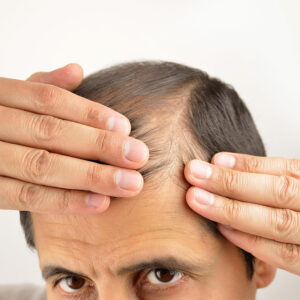
health
5 things to know before taking pain-relieving gummies
Some people may prefer pain relief gummies to address the symptoms caused by certain conditions. One of the top reasons for this is that the gummies have better texture and taste than other treatment options. However, before one jumps on the bandwagon, it is essential to be well-informed about what these are and how it could affect them. So, here are five important things to know and take care of before taking pain relief gummies. Speak to a healthcare provider Before incorporating pain relief gummies into a daily routine, it is crucial for one to consult with a healthcare provider. They can provide valuable insights into whether this form of pain relief is suitable for one’s specific needs. The expert may also discuss any potential interactions with other treatment options one might be taking and help them make an informed decision regarding their use. Be mindful of the dosage While the general dosage guidelines for taking pain relief gummies offer a starting point, the ideal amount differs from one person to the next. An individual might have to work with a healthcare professional to find the right dosage when taking a chewable for pain relief. Under the guidance of a doctor, an individual might have to experiment with the pain relief gummy to find the right balance.
Read More 









